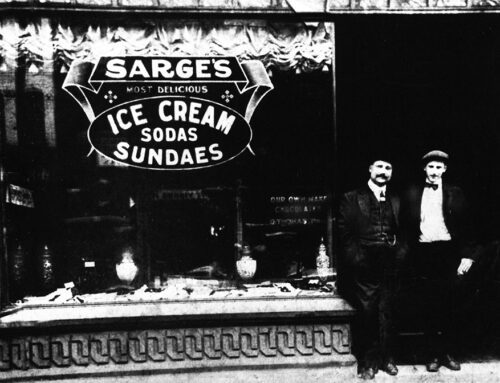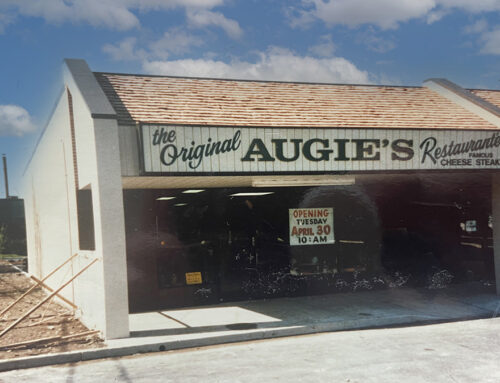The Model Cities Program was an element of U.S. President Lyndon Johnson’s Great Society and War on Poverty. The concept was presented by labor leader Walter Reuther to President Johnson in an off-the-record White House meeting on May 20, 1965. In 1966, new legislation led to the more than 150 five-year-long, Model Cities experiments to develop new antipoverty programs and alternative forms of municipal government. Model cities represented a new approach that emphasized social program as well as physical renewal, and sought to coordinate the actions of numerous government agencies in a multifaceted attack on the complex roots of urban poverty.
In large part, the federal program was based on programs being tried in New Haven Connecticut by Mayor Richard “Dick” Lee (1954-1970). Mayor Lee championed the efforts of urban renewal and creating a model for other cities to follow. Sadly, many cities did.
Reading was one of a handful of selected cities approved for participation in the federal Model Cities program.
Urban renewal offered a chance for architects, city planners, and other experts to enact their ideal vision of a city. In the first years of urban renewal, planners thought that new buildings would make new people: that renewing the city physically would solve the problems of poverty, unemployment, and racial antagonism.
Below: The 800 block of Penn Street circa 1960s before demolition of entire block.

Six blocks northeast of Penn Square were slated for demolition, to be replaced by an enclosed shopping mall. Though the project never came to fruition, many buildings in the area were razed anyway, replaced by parking lots that did little to assist struggling merchants.
Below: The 700 block of Penn Street circa 1970s.

The arguments were pretty much the same from city to city. To solve problems we must erase the past. To many the slums were home. This was the part the planners and architects of the era failed to understand. These slums may not have had hot water or toilets but they had good human interaction, an economy, and local services for residents. The slums were functional, unlike the projects that replaced them.
Mayor Lee realized, by 1970, the failure of the urban renewal programs in New Haven yet they continued throughout the USA. In the early 1970s, the model cities program was folding into the new CDBG (Community Development Block Grant) program. Unfortunately, many planners and architects trained in this way of thinking are still in positions of power.






